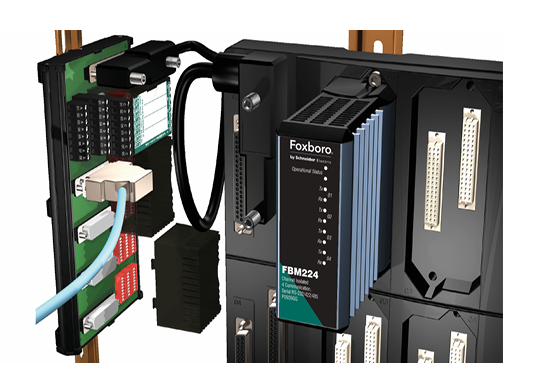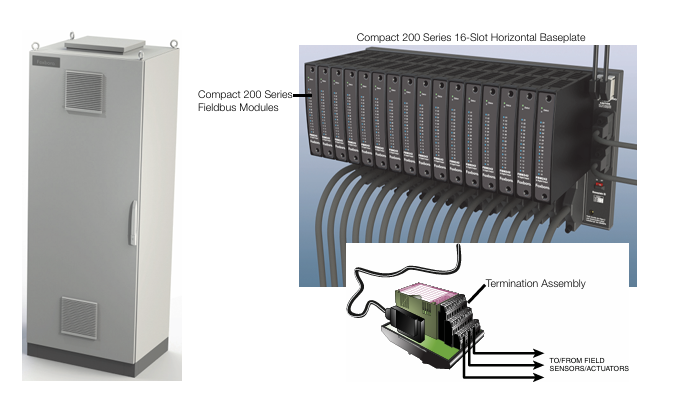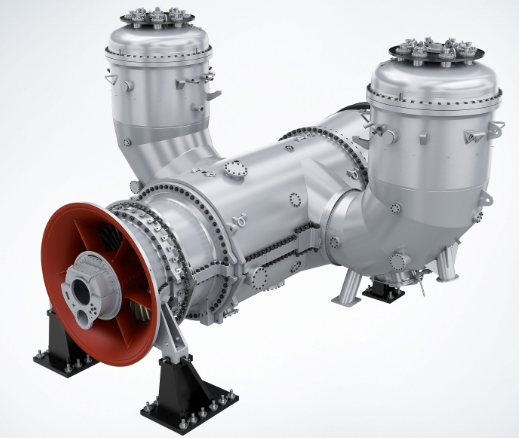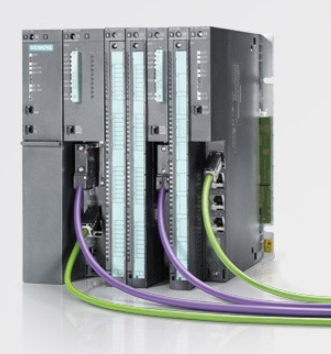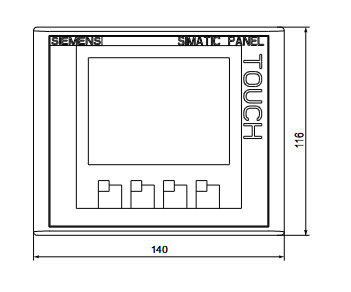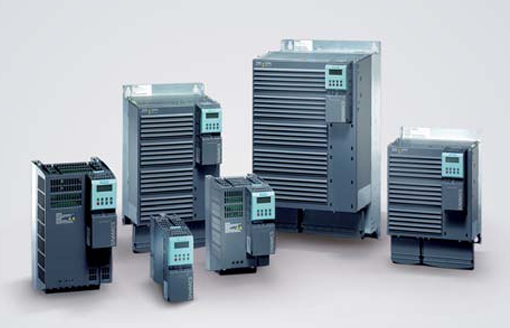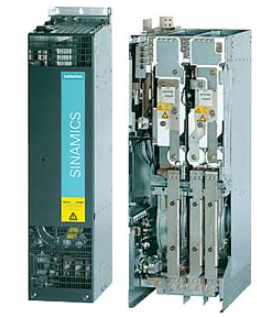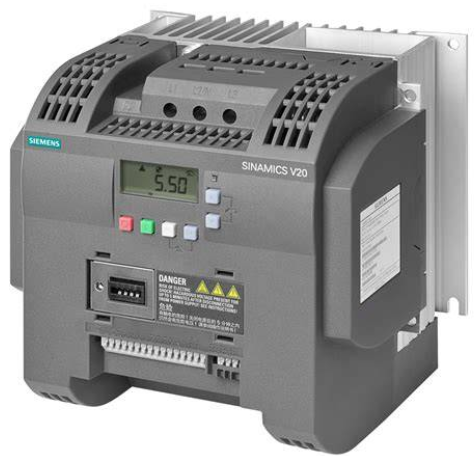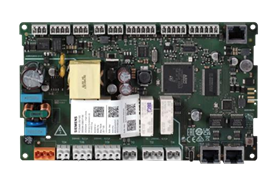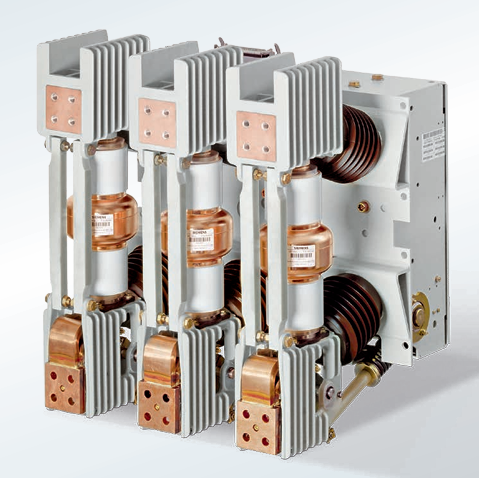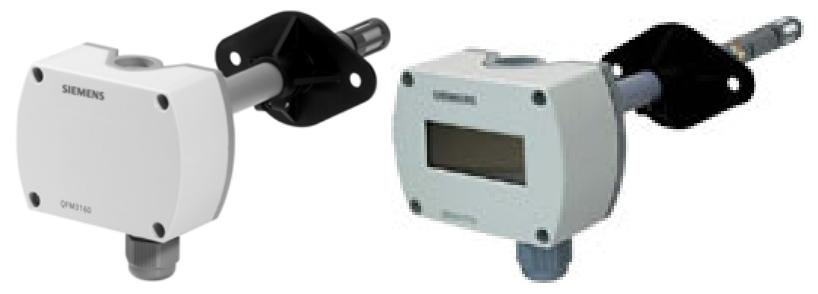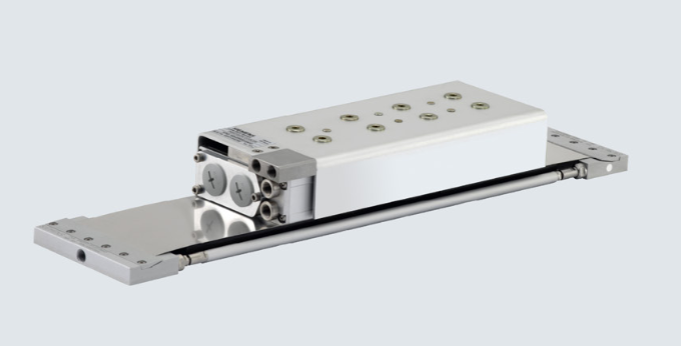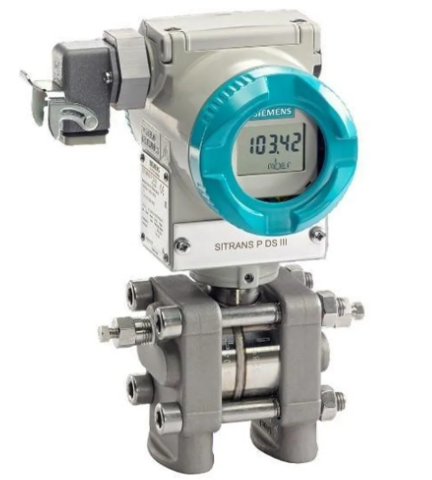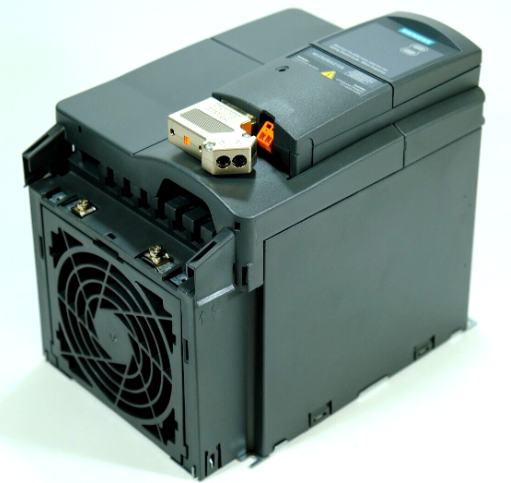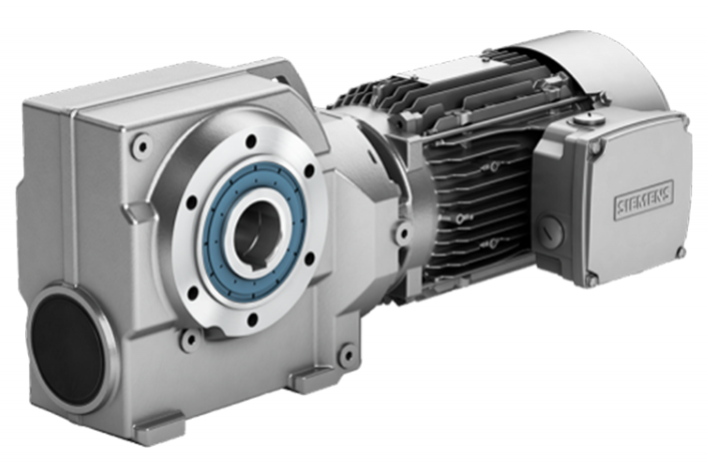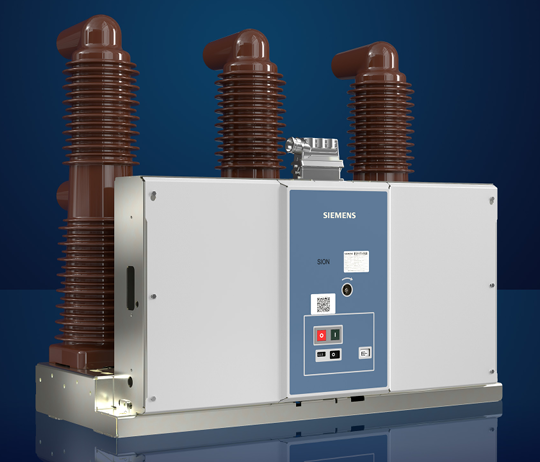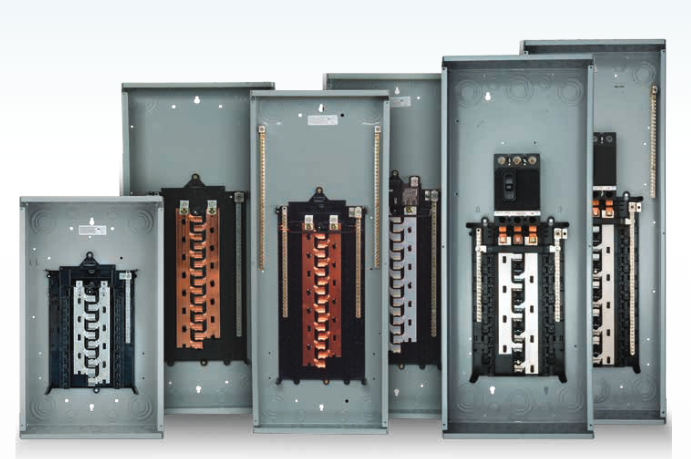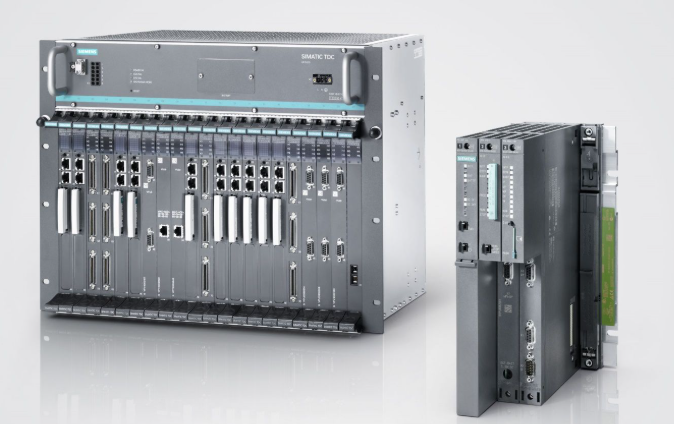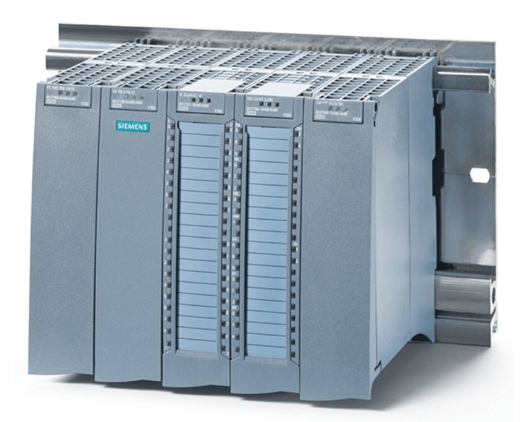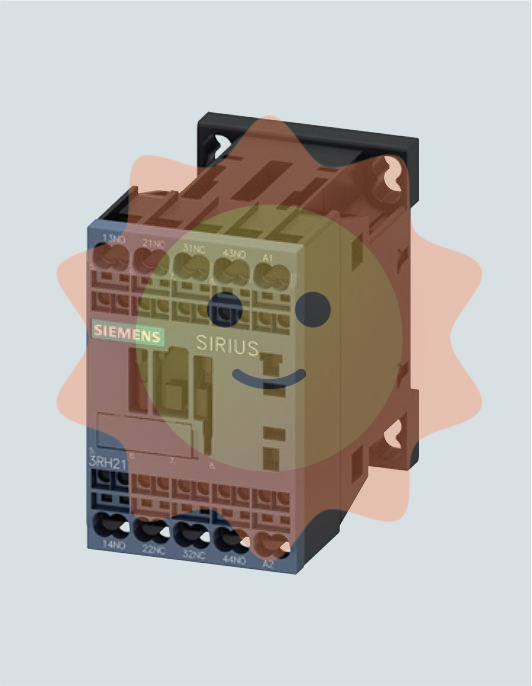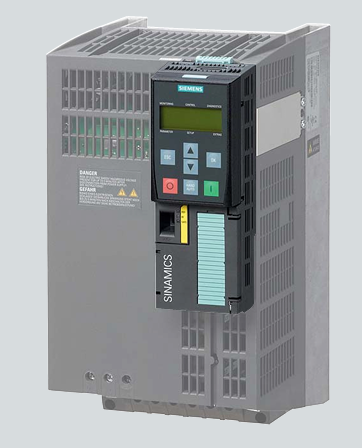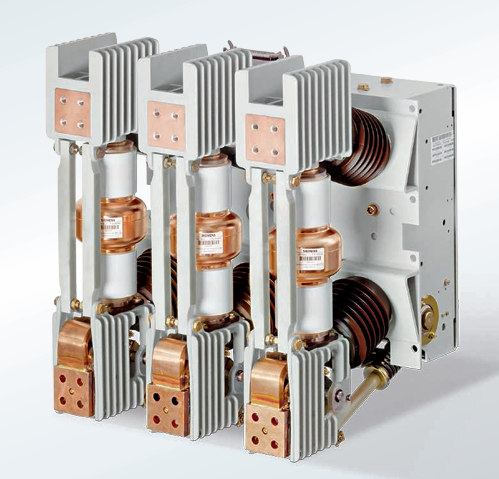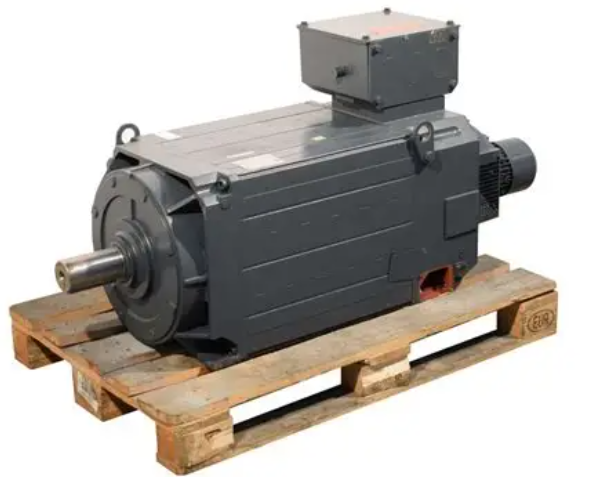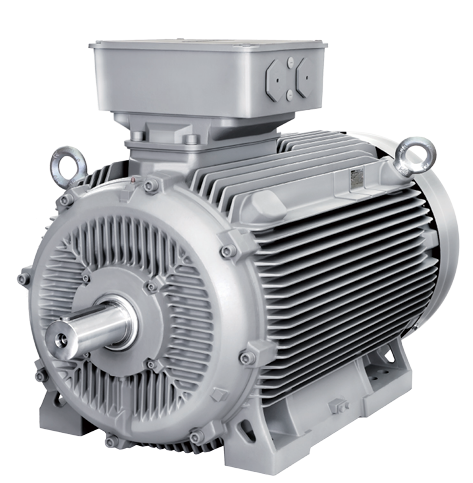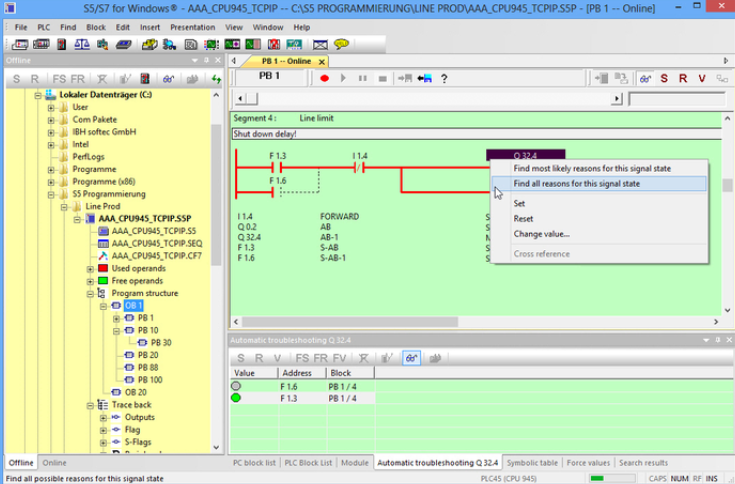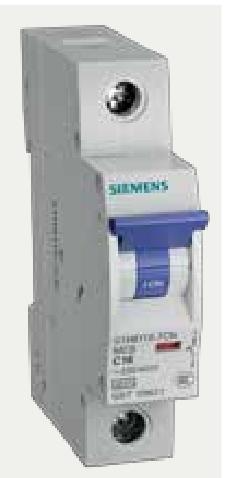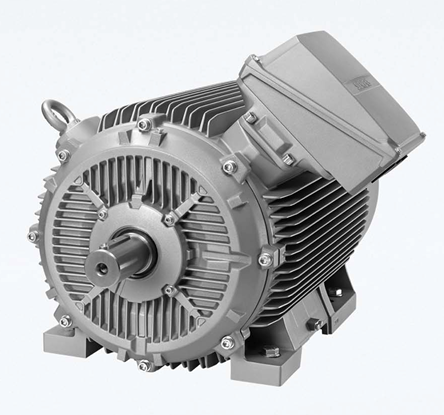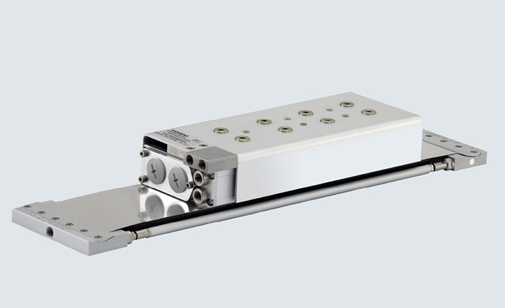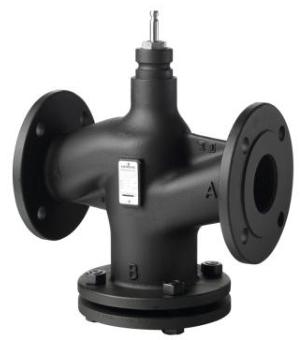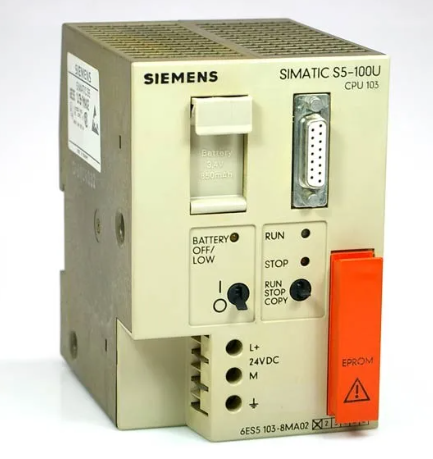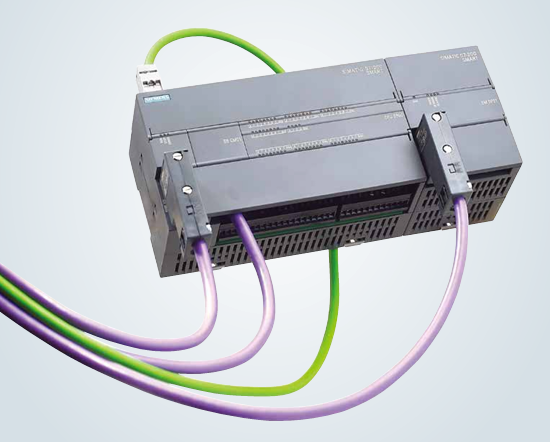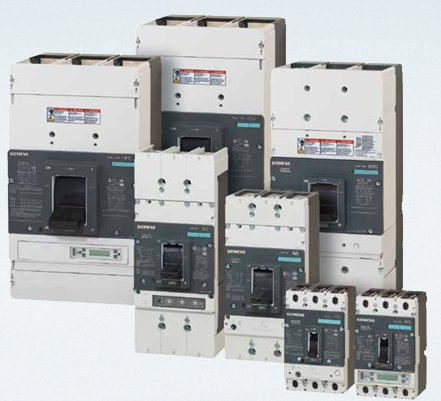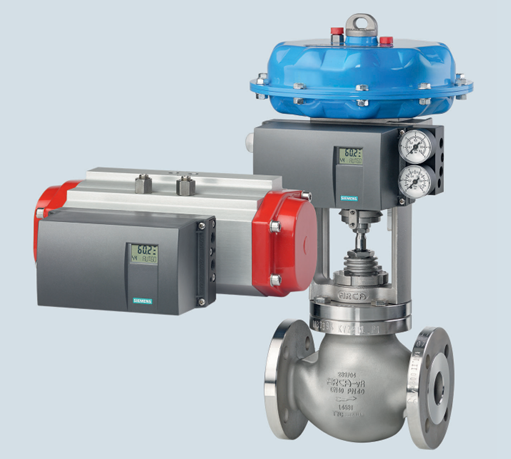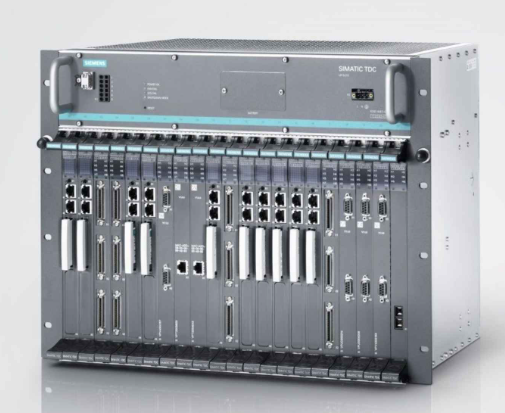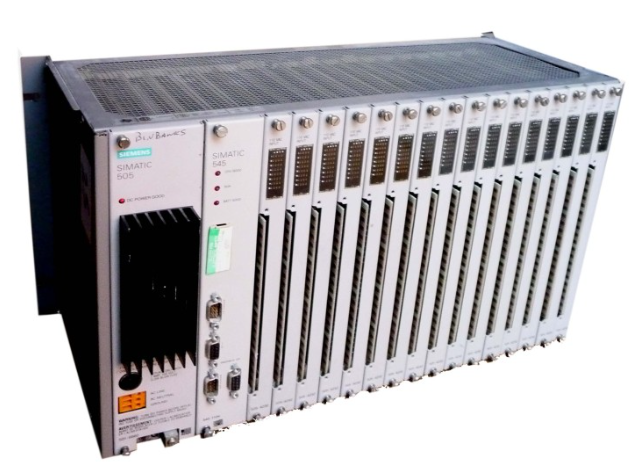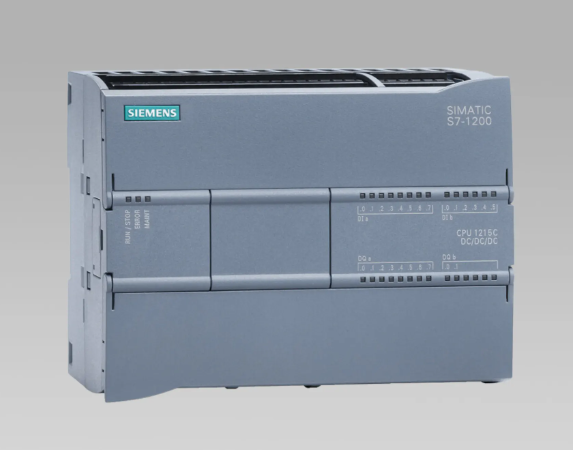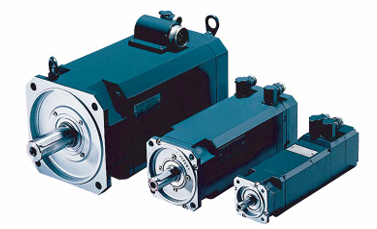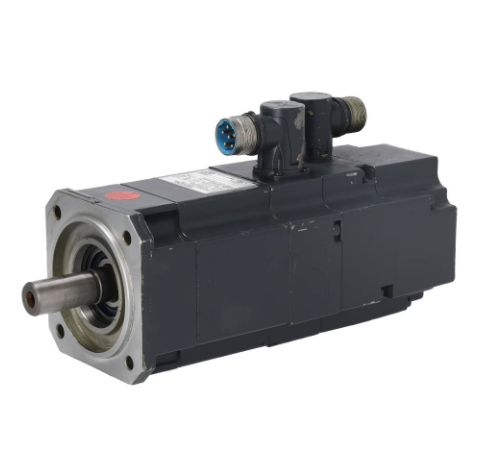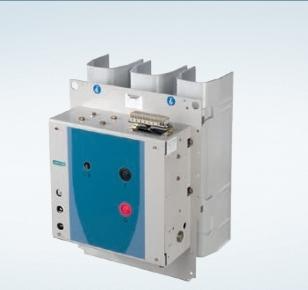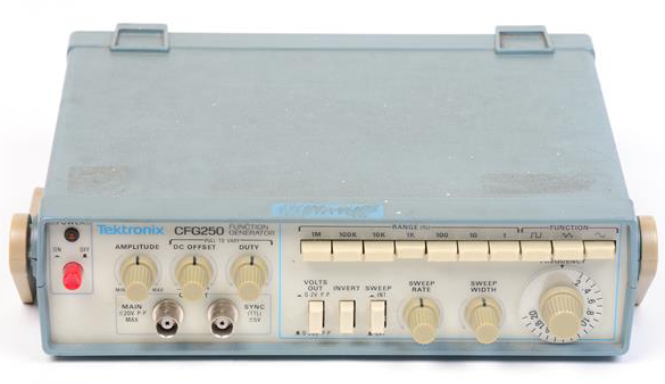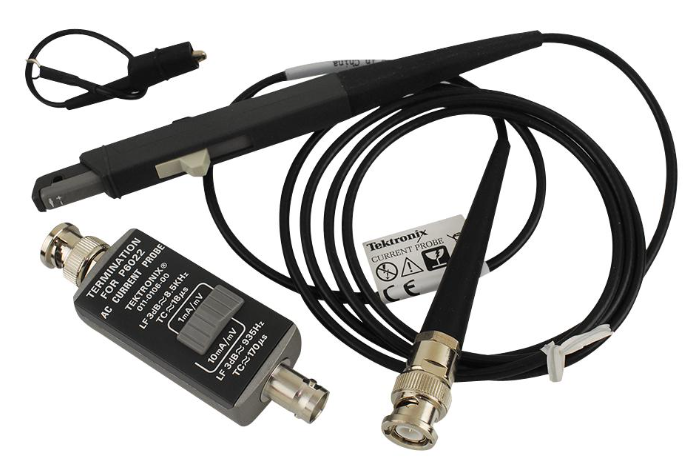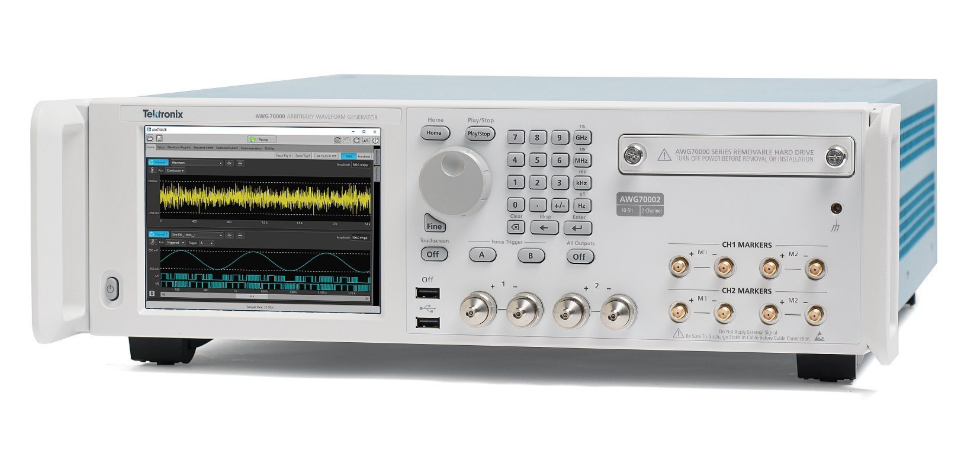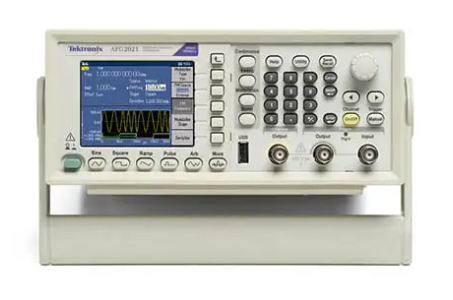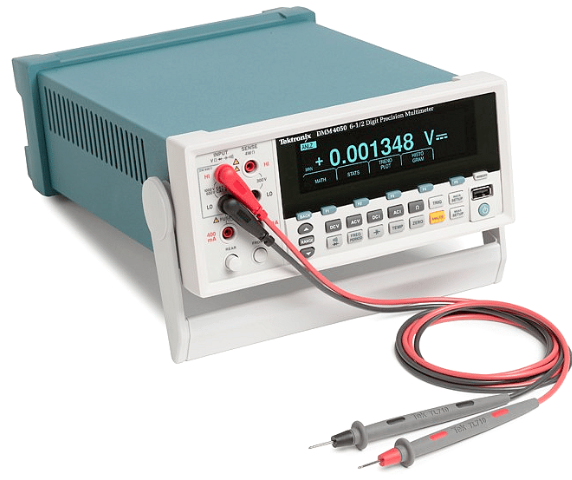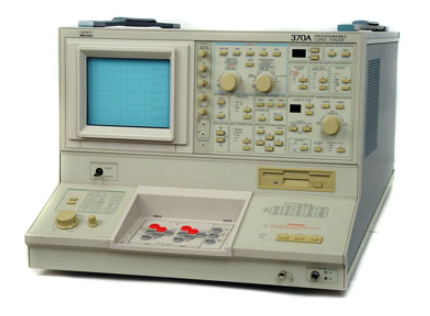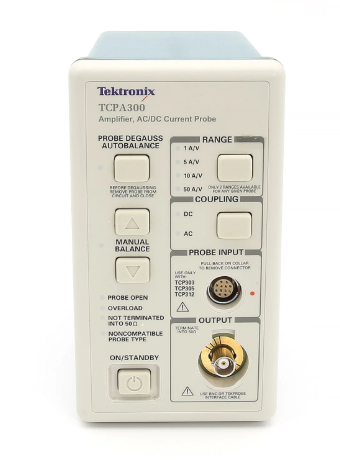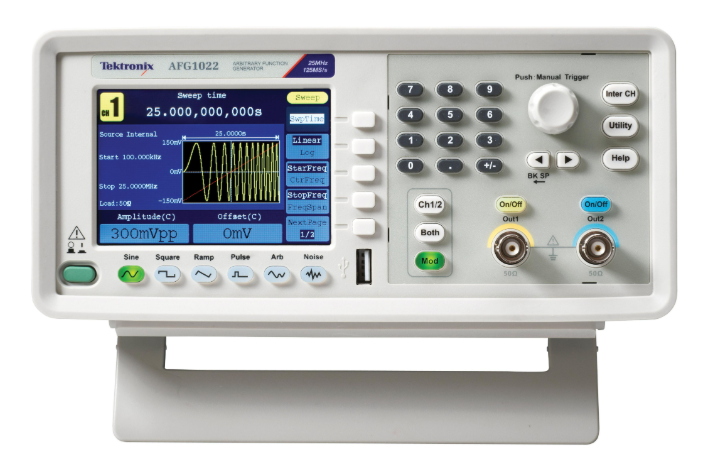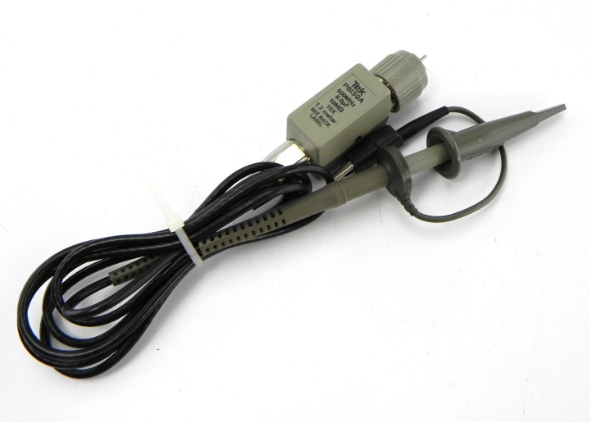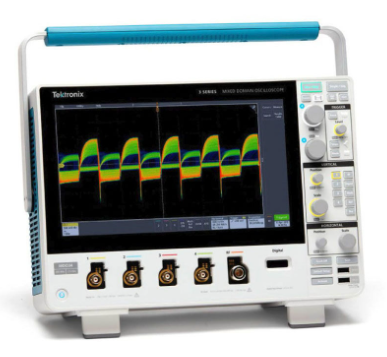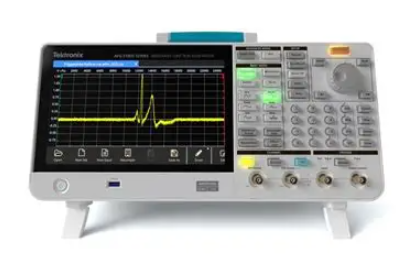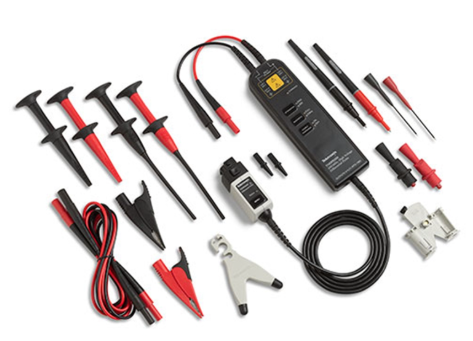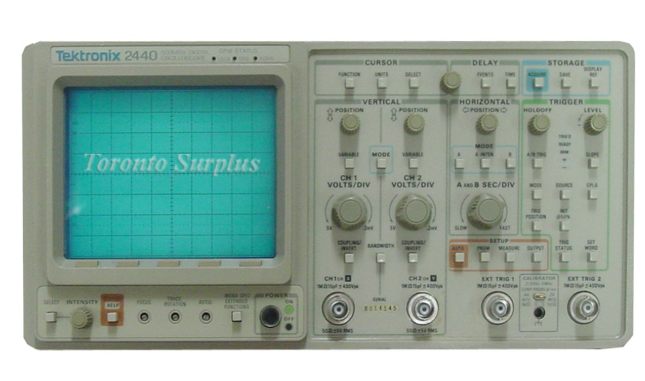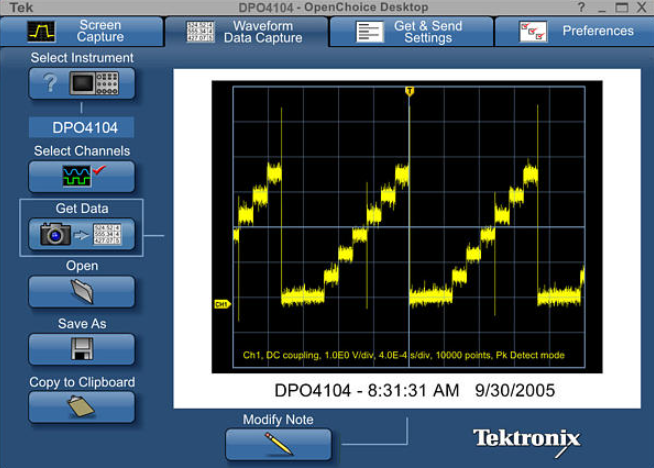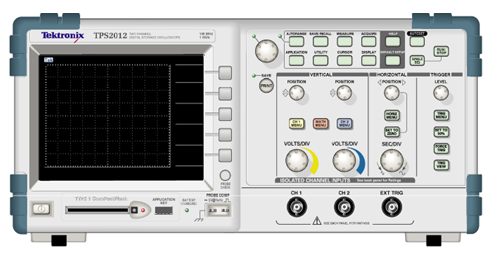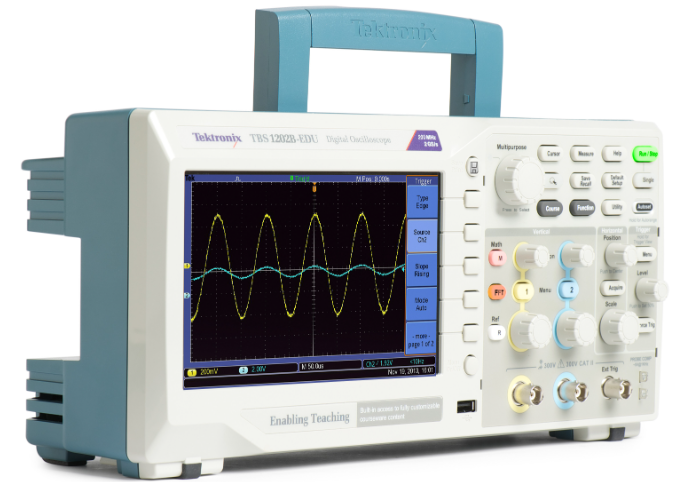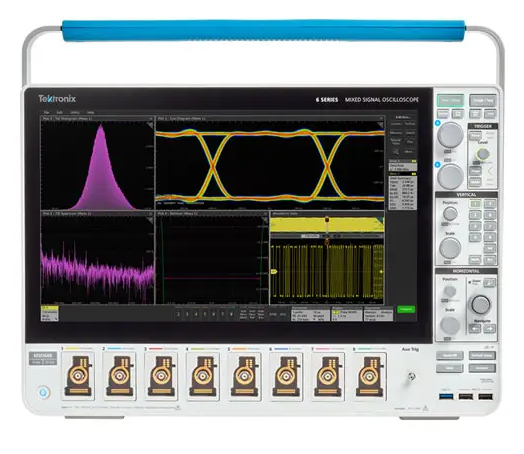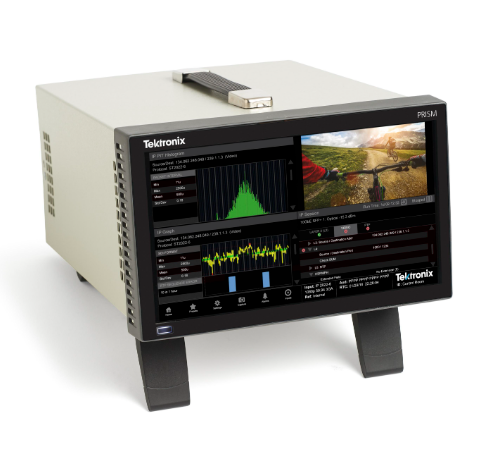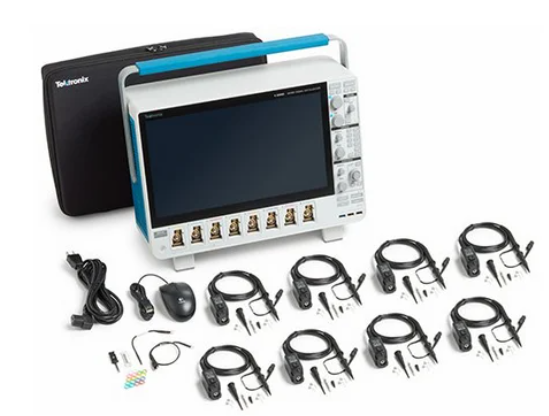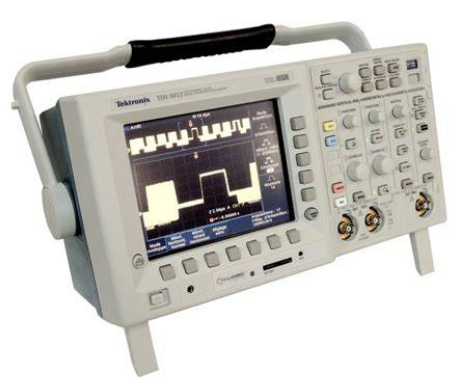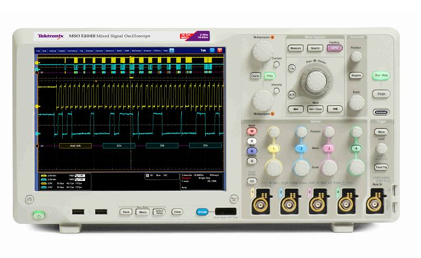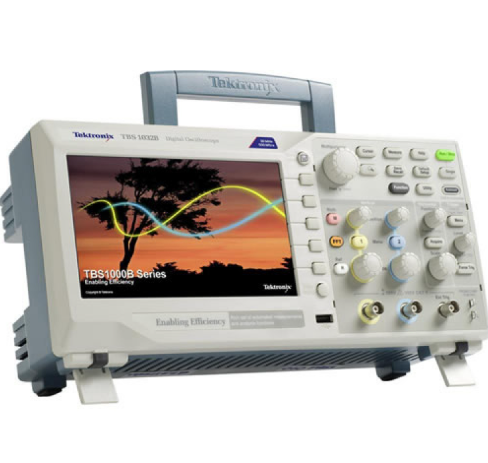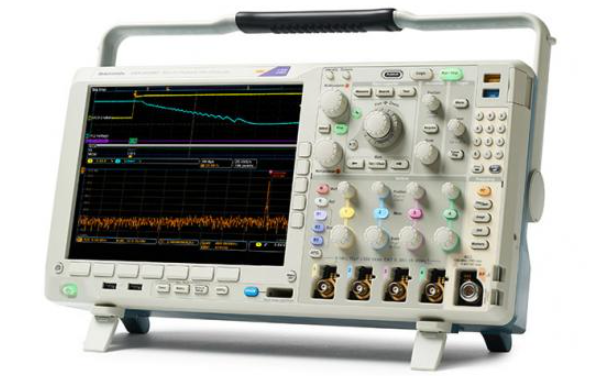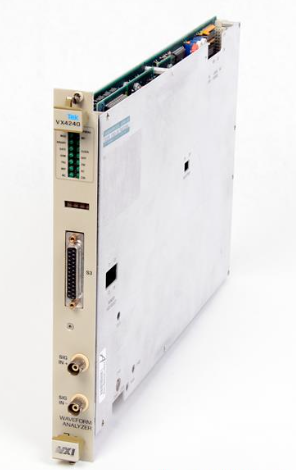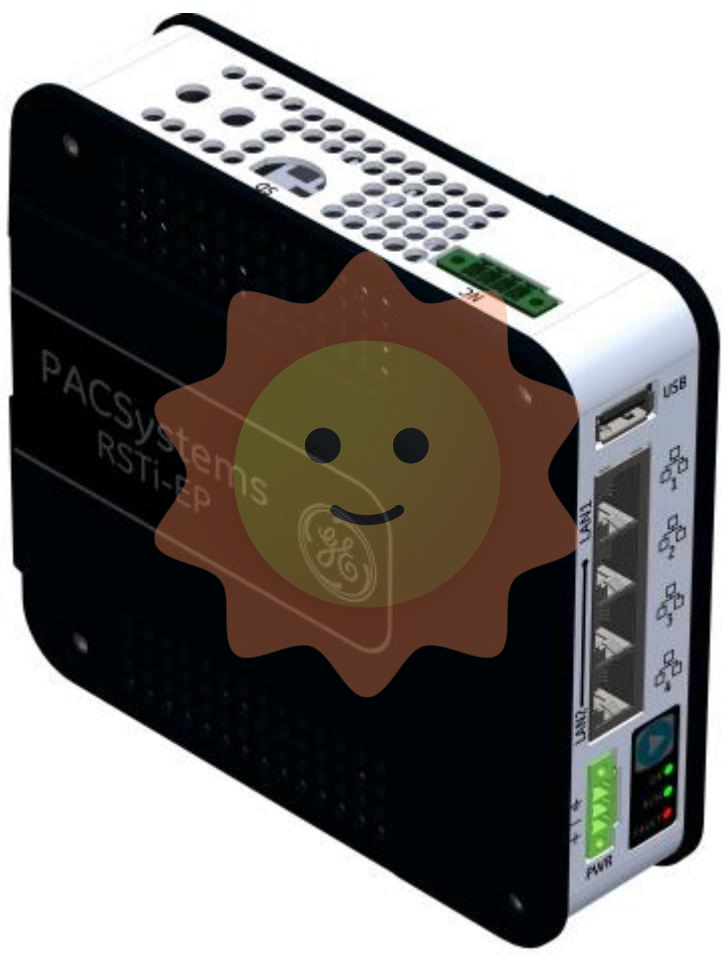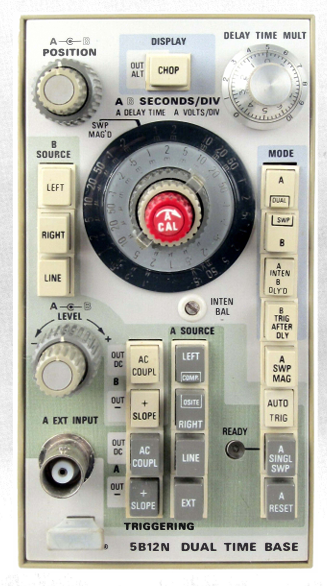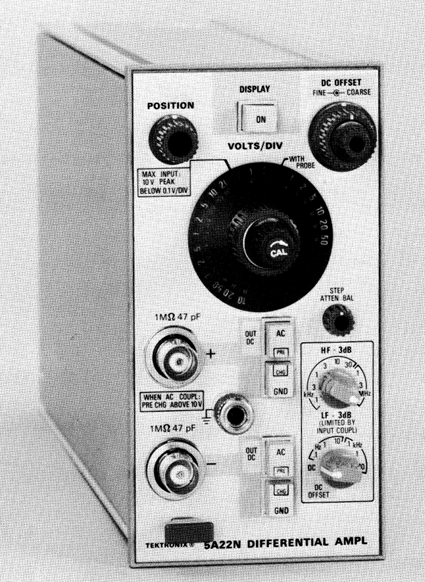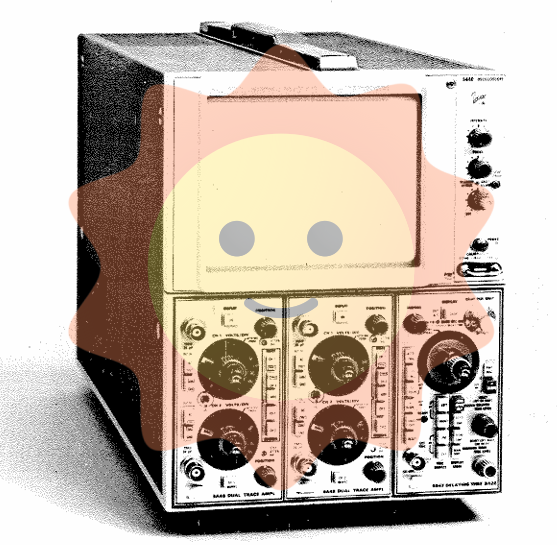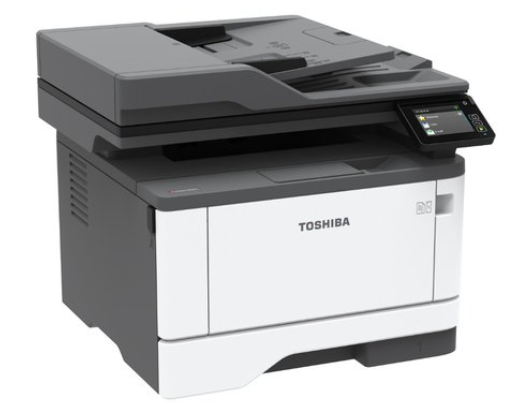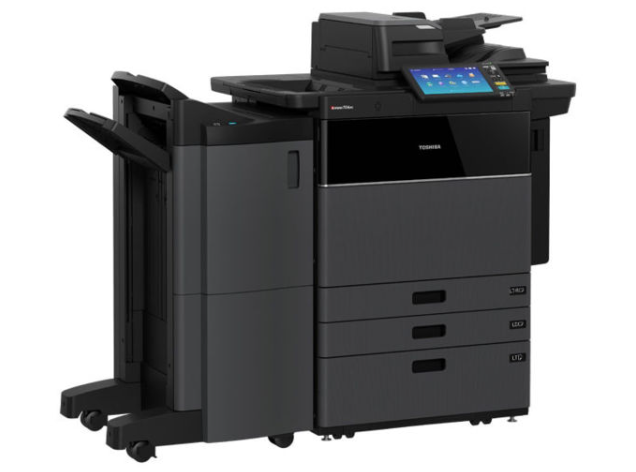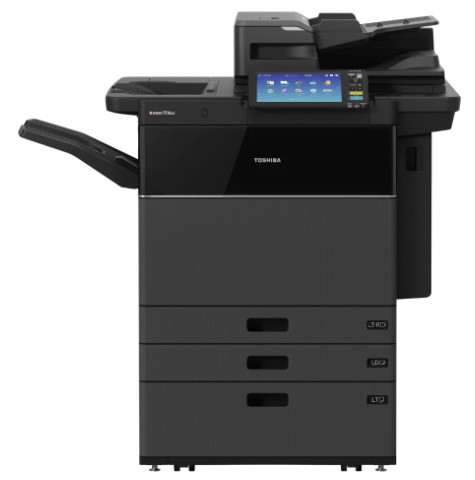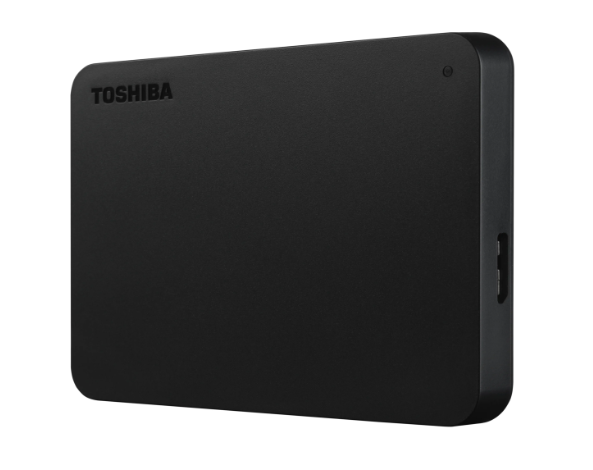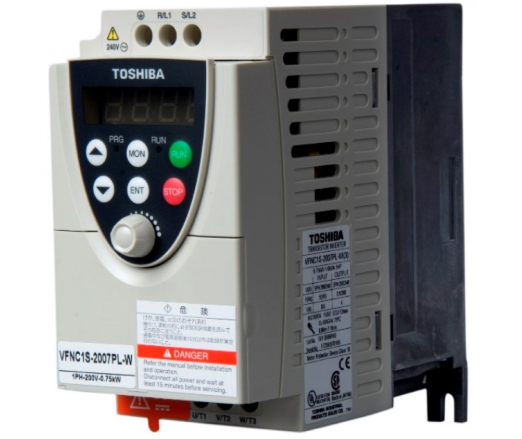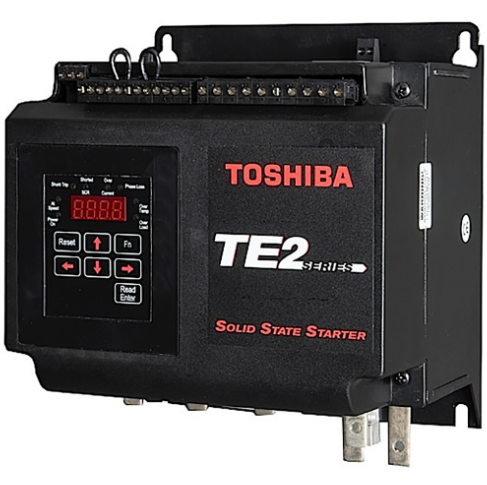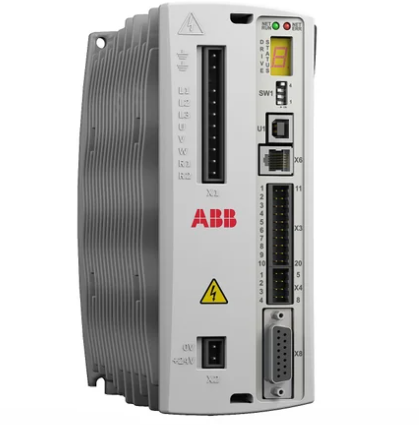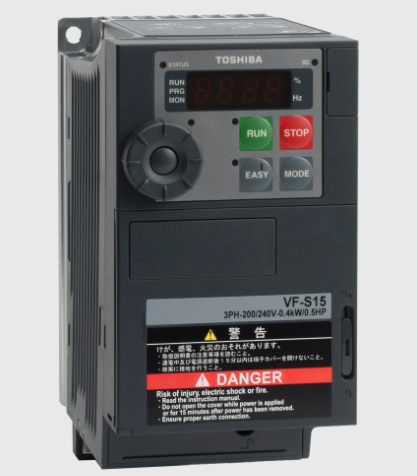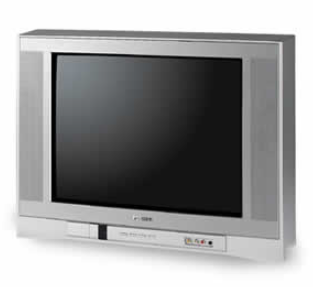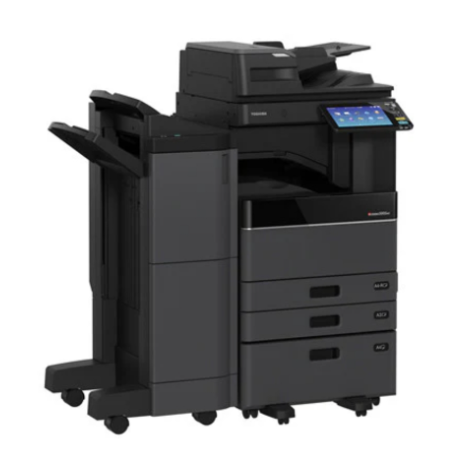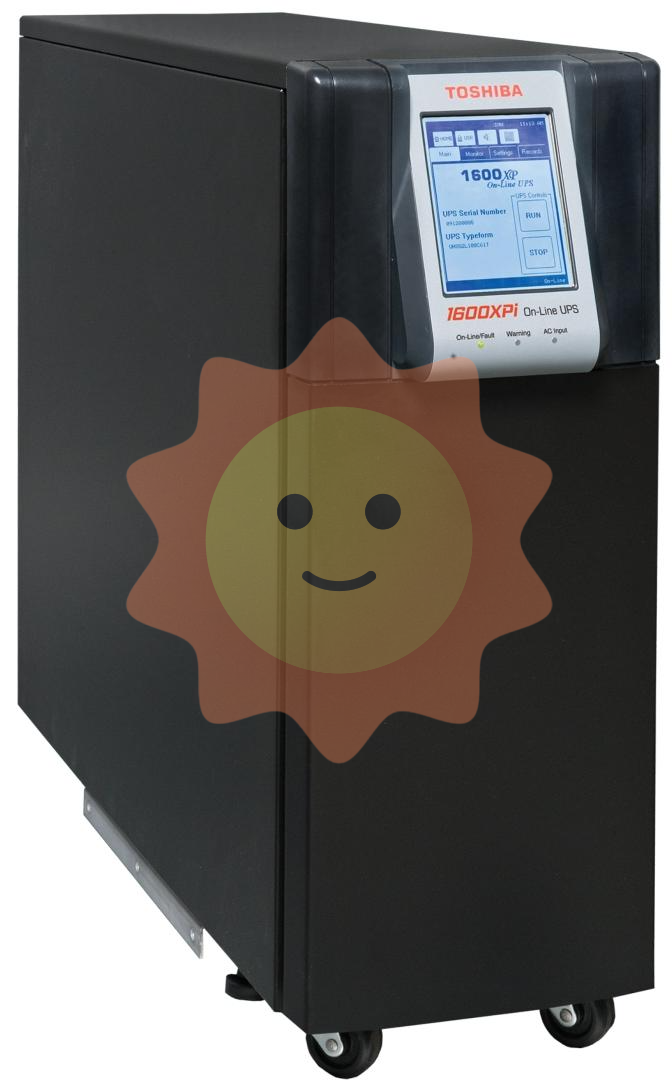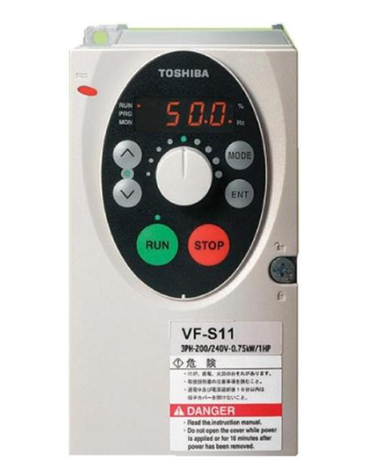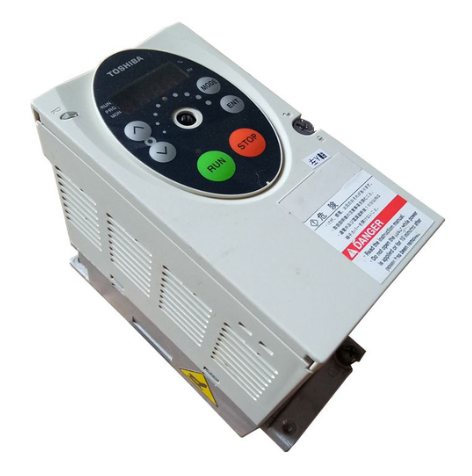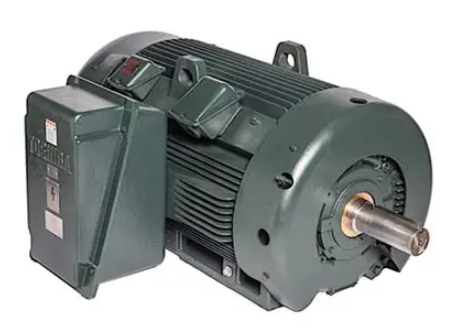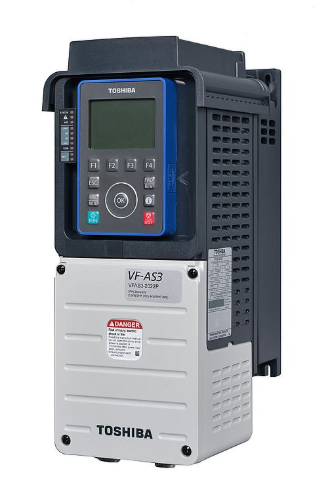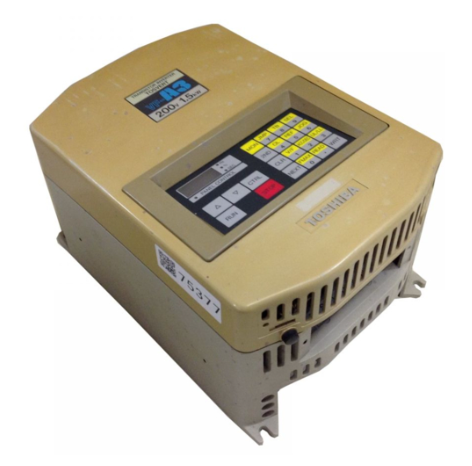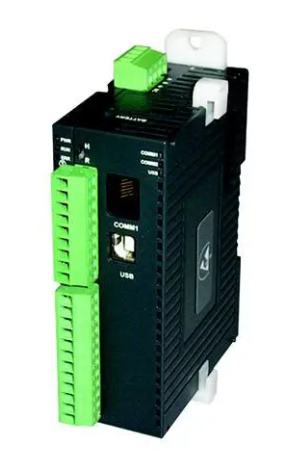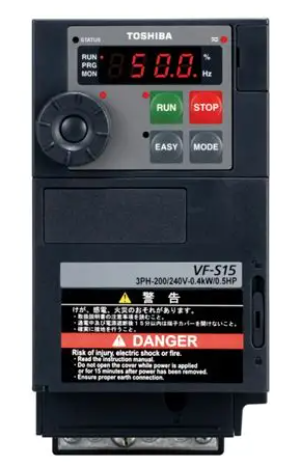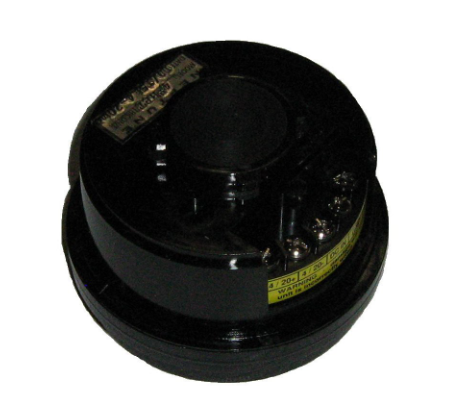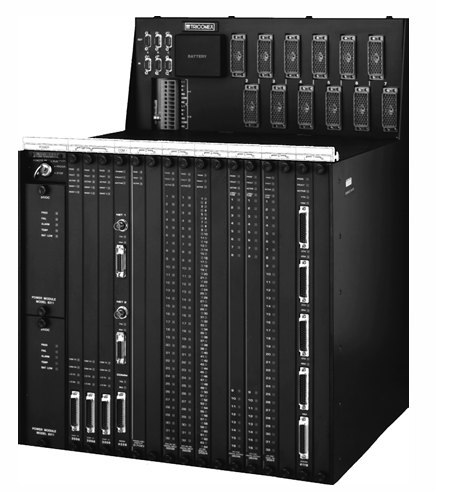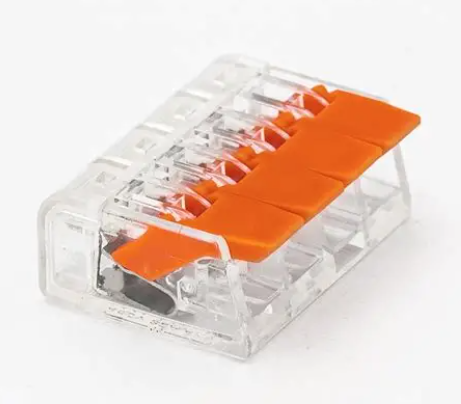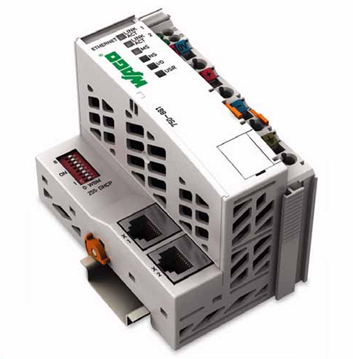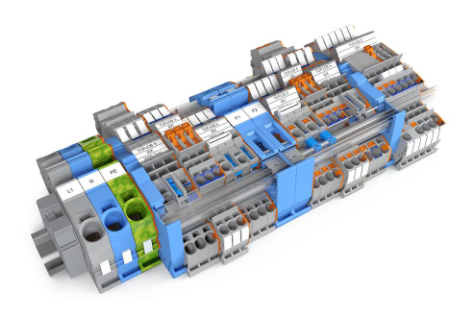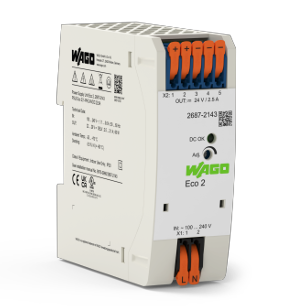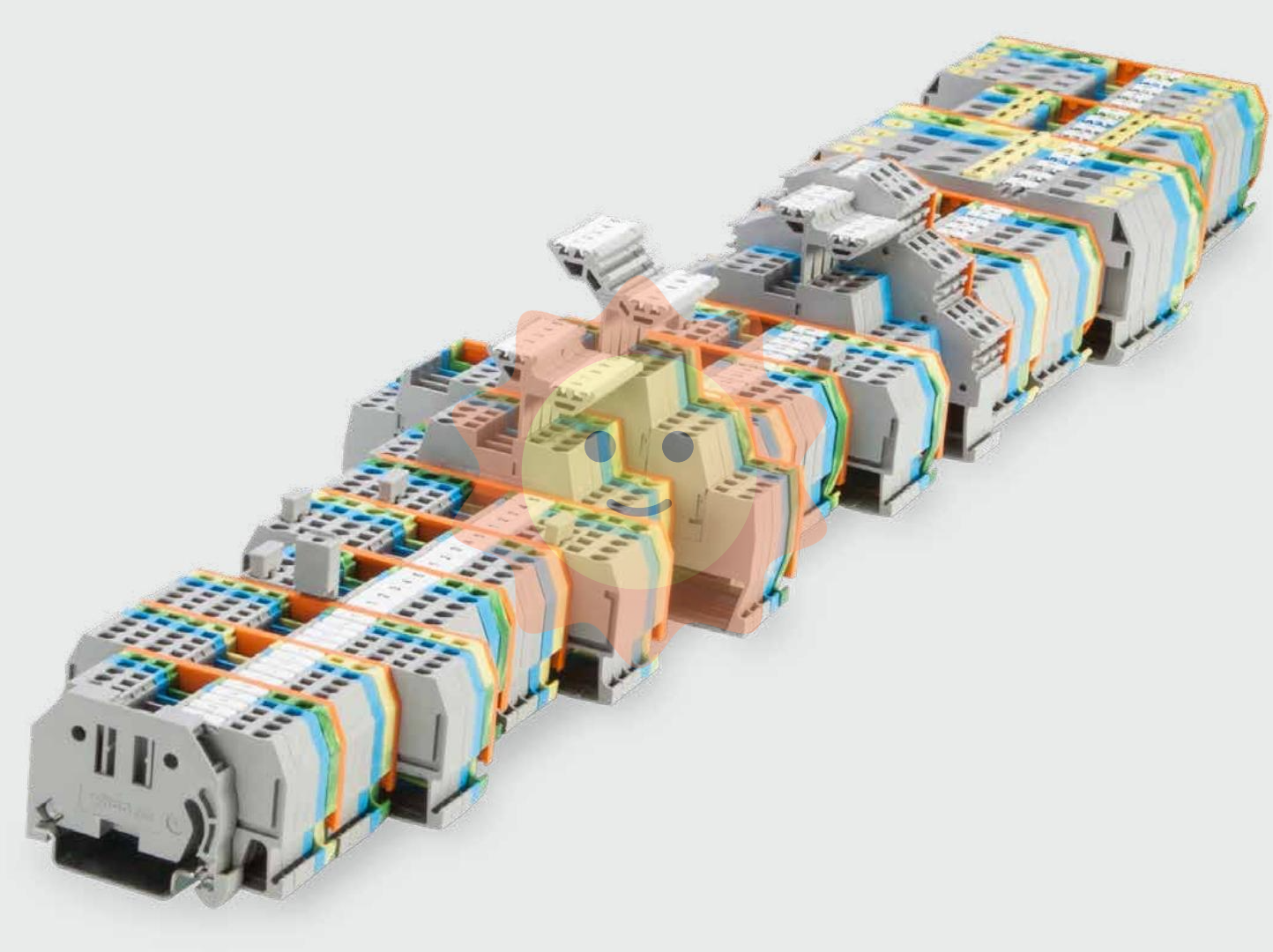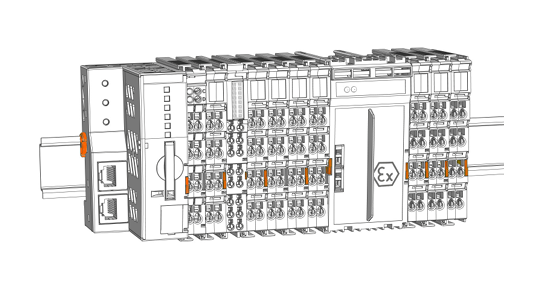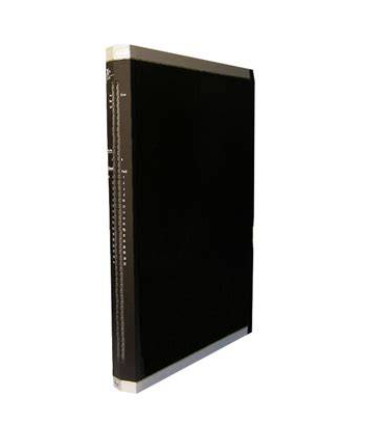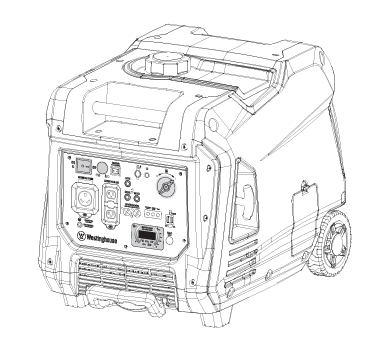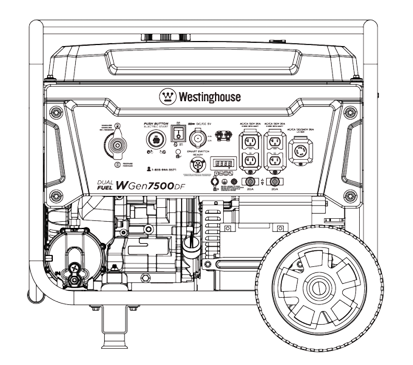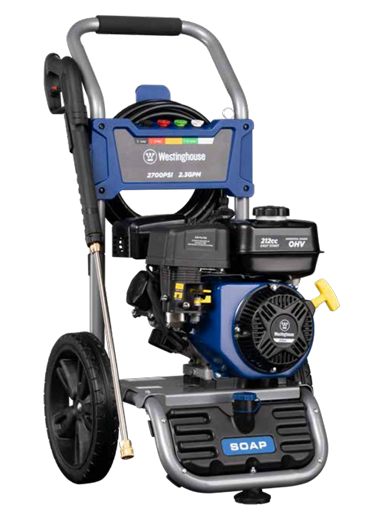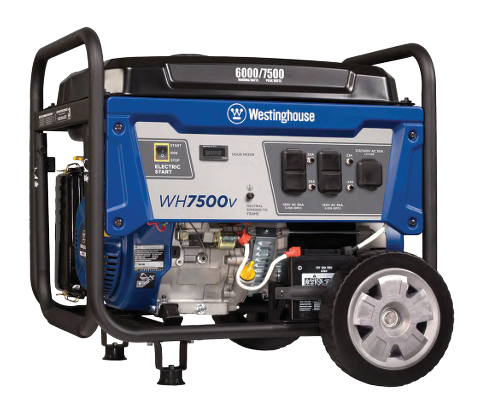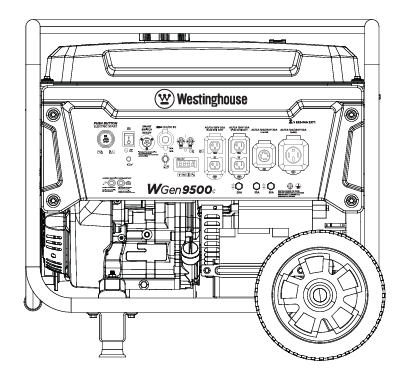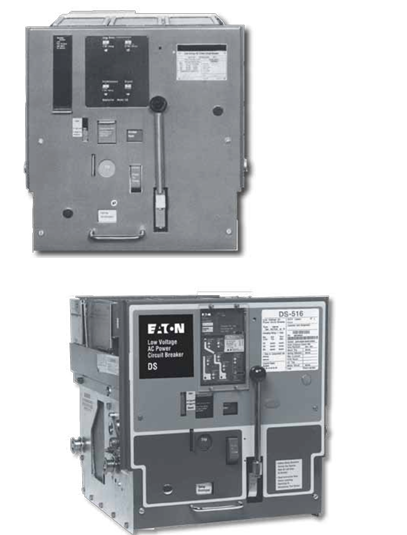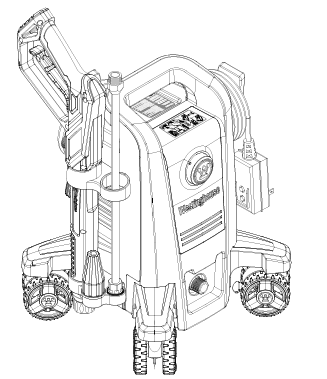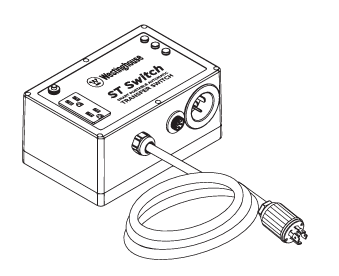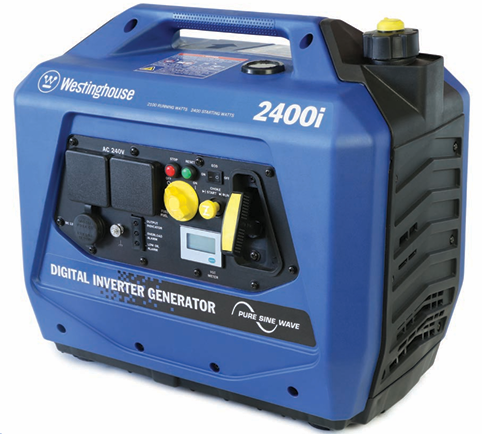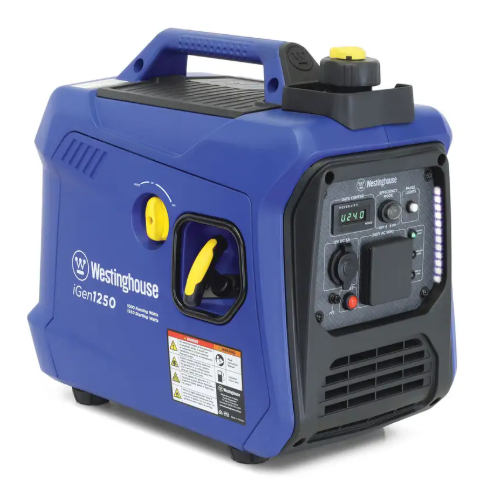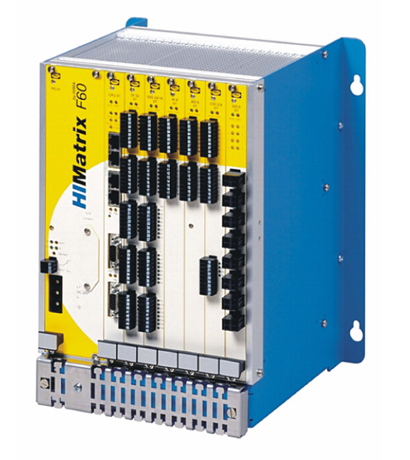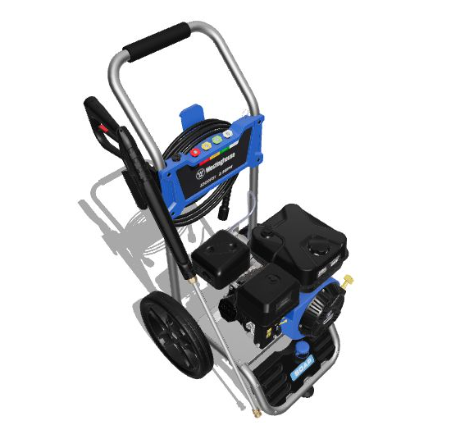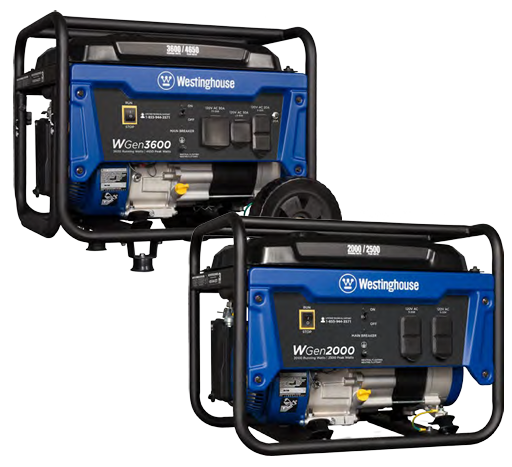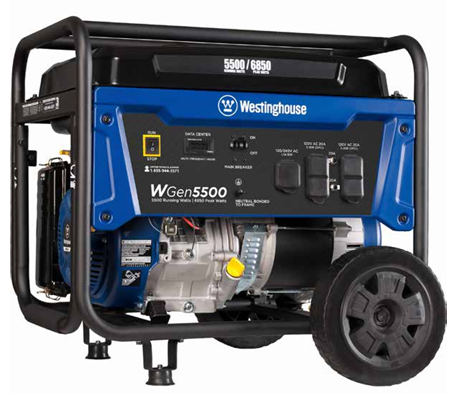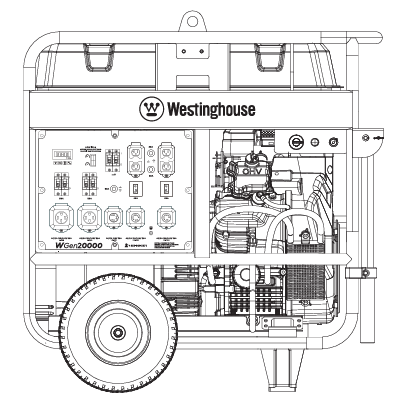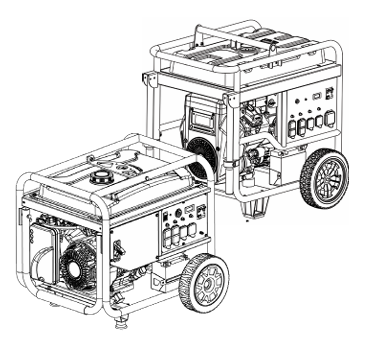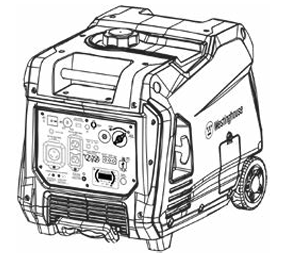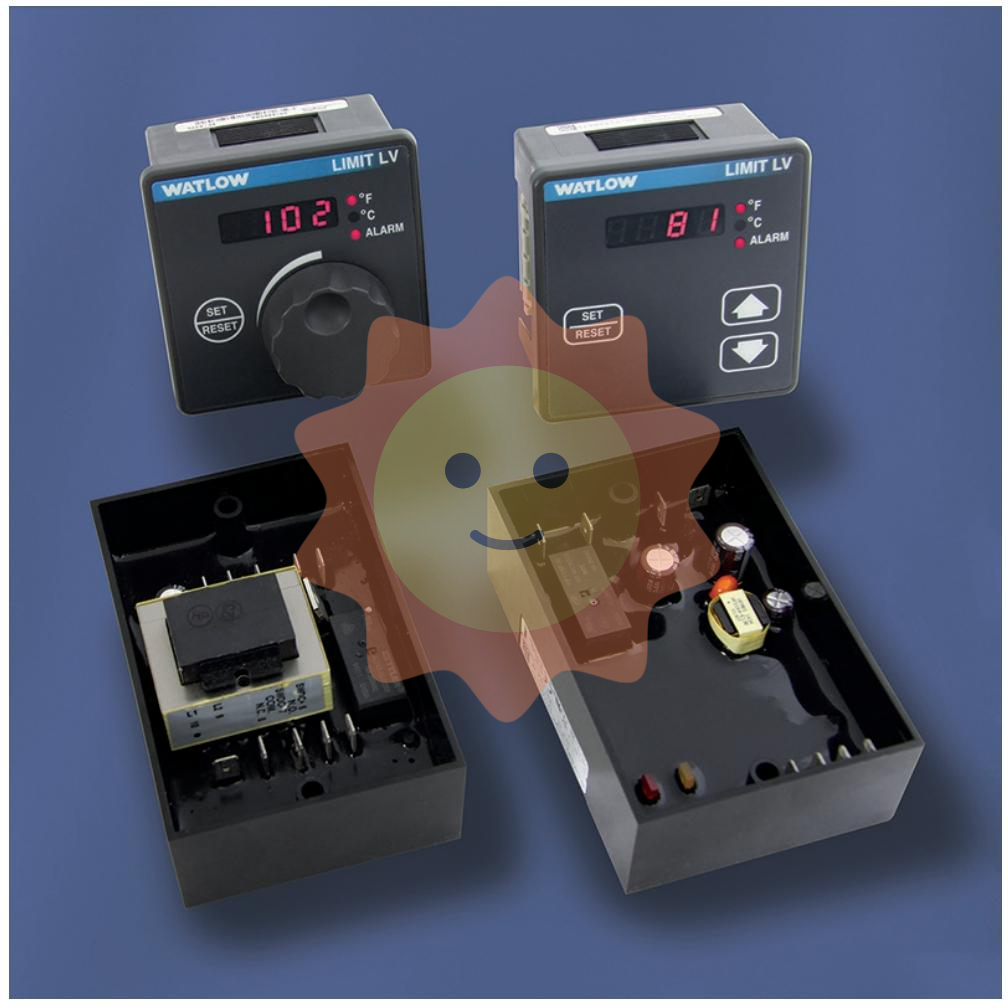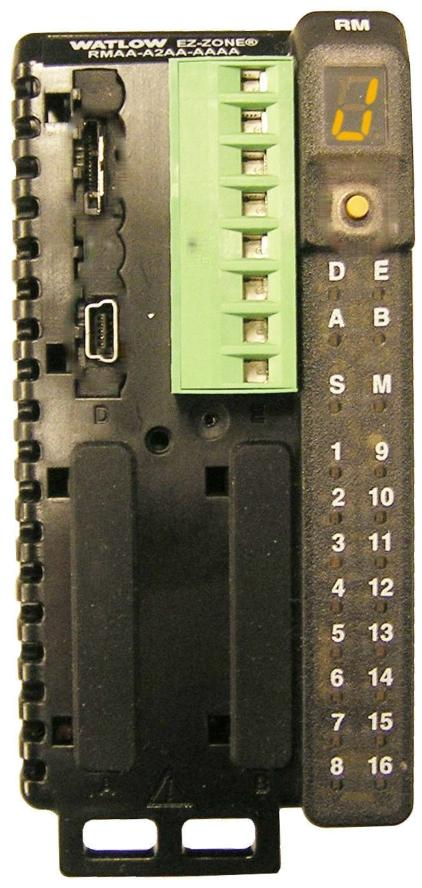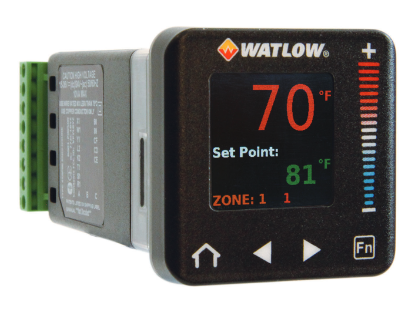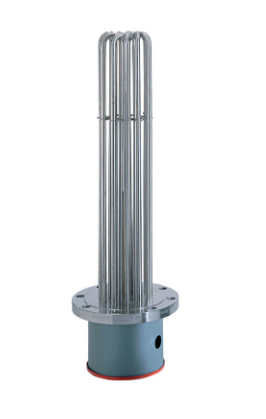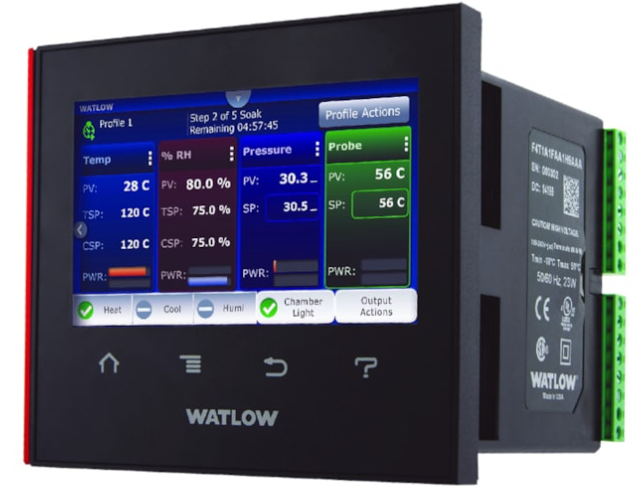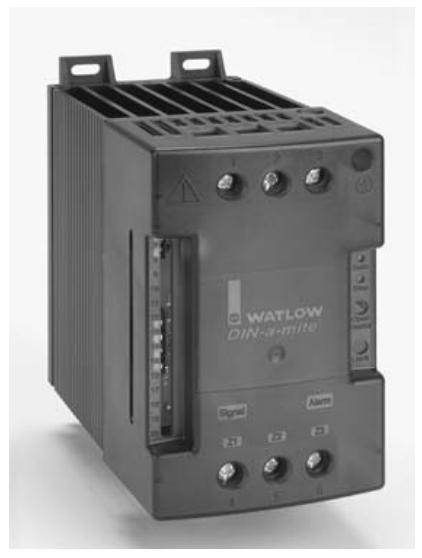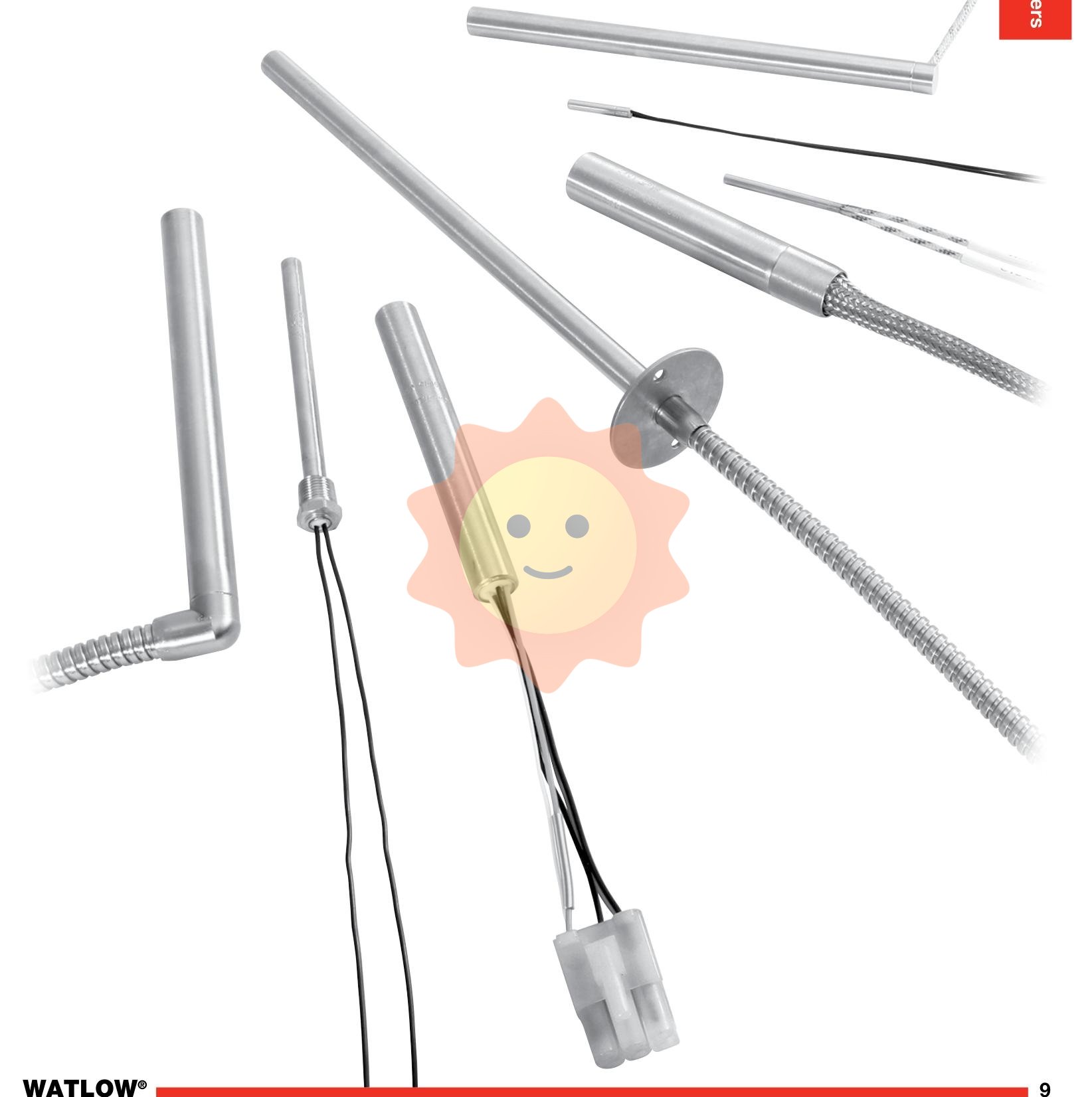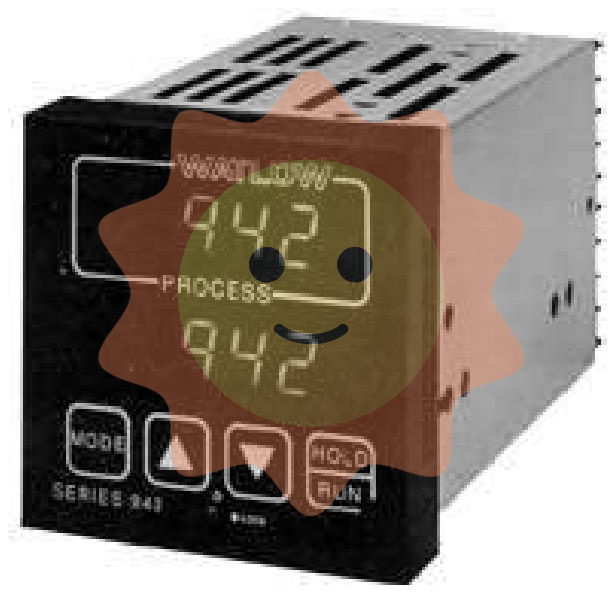Manufacturers
ABB
Model(s)
ABB Advant Controller 31, ABB Advant OCS
Additional Information
07CR41 Advant Controller Basic Unit - 24VDC 8 24VDC Inputs 6 Relay Outputs
Estimated Shipping Size
Dimensions: 4.0" x 4.0" x 5.0"
(10.2 cm x 10.2 cm x 12.7 cm)
Weight: 1 lbs 13.0 oz (0.8kg )
Tariff Code: 8538907080
Country of Origin: Germany
Ships from Webster NY, USA
ABB 1SBP260020R1001 07CR41 Advant Controller Basic Unit - 24VDC
Basic Information
Model and Series:
This unit, model 1SBP260020R1001, belongs to ABB's 07CR41 Advant Controller Basic Unit series and is powered by 24VDC. In industrial automation systems, this is a key basic control unit that provides core support for the operation of the entire control system.
Appearance and size guess:
Given its function and ease of installation, it is probably a rectangular shaped unit. The length would probably be in the region of 30 - 40 cm, the width in the region of 20 - 30 cm, and the thickness probably in the region of 10 - 20 cm. The weight is estimated to be in the region of 3 - 6kg, a size and weight that would allow it to be mounted in a control cabinet or console and remain in stable operation.
Presumed origin:
ABB's high-end industrial control equipment of this type is usually produced in regions with advanced industrial manufacturing technology, most likely from European countries such as Sweden. These regions have advanced electronic manufacturing technology and strict quality control system, which helps to ensure the high quality and reliability of the basic unit, so that it can be stable in the complex industrial environment.
Performance Characteristics
Power supply and adaptability:
Adopting 24VDC power supply, this low-voltage DC power supply has many advantages in the industrial environment. Firstly, it is safer and reduces the risk of electric shock; secondly, the power supply is stable and can provide stable power support for the internal circuits. At the same time, the device may have certain power supply anti-interference capabilities, such as filtering circuits, to reduce the impact of power fluctuations and electromagnetic interference on the device. It may also have power protection functions, such as over-voltage protection, under-voltage protection, etc. When the power supply voltage is out of the normal range, it can automatically take measures, such as cutting off part of the non-critical circuits or sending alarm signals, to ensure the safety of the equipment.
Control function and processing capability:
As a basic unit, it has powerful control and data processing capability. It can receive and process many types of input signals, including digital and analogue signals. For digital signals, it can receive signals from switches, buttons, proximity sensors and other devices; for analogue signals, it can process signals from temperature sensors, pressure sensors, liquid level sensors and so on through high-precision analogue-to-digital conversion.
Built-in high-efficiency processor and memory unit supports complex control logic and algorithms. It can perform a variety of control strategies such as sequential control, conditional control, and timing control. For example, in sequential control, it can accurately control the starting, running and stopping sequence of industrial equipment according to pre-set steps; under conditional control, it triggers the corresponding control instructions according to the specific conditions satisfied by the input signals, e.g., when the temperature exceeds the set value, it starts the cooling equipment.
Communication interface and integration capability:
Equipped with a variety of communication interfaces, which are key to achieving system integration and data interaction. This may include an Ethernet interface, which connects to the plant's local area network (LAN) or wide area network (WAN) via Ethernet protocol, enabling high-speed communication with the host computer system, other controllers, or remote monitoring equipment. It may also have an RS-485 interface for connecting traditional industrial equipment and distributed I/O modules to support common industrial communication protocols, such as Modbus, to build distributed control systems.
It has good system integration capabilities and can work with other ABB equipment as well as third-party industrial equipment. It can be seamlessly connected with I/O modules, drives, sensors, etc. to achieve data sharing and cooperative control. Through appropriate communication protocols and interface adaptations, it can also be integrated with other brands of industrial equipment into a unified industrial automation system.
Reliability and Stability Guarantee:
In terms of hardware design, highly reliable components and structures are used. For example, high-quality printed circuit boards (PCBs) are wired appropriately to reduce electromagnetic interference and have good heat dissipation to prevent equipment damage due to overheating. Partial redundancy designs, such as redundant communication interfaces or critical circuits, may also be used to improve system fault tolerance.
On the software side, there is a perfect fault detection and recovery mechanism. When there is a communication failure, program error or hardware failure, it can detect the problem in time and take measures, such as automatically restarting part of the functional modules, switching to an alternate communication channel or sending out a fault alarm signal, to ensure the stability and continuity of the system and reduce the impact on industrial production.
Application Fields
Industrial automated production line control:
It is widely used in industrial automation production lines such as automobile manufacturing, electronic manufacturing and machining. In the automobile production line, it receives status signals from body welding robots, painting equipment, parts assembly equipment, etc., and controls the running sequence and rhythm of these equipment according to the requirements of the production process. For example, only after the body welding is completed and the inspection is qualified, the painting equipment is controlled to start, ensuring the efficient and precise operation of the production line.
Core management of process control system:
It plays a key role in the process industries such as chemical, petroleum and electric power. Chemical production, for example, connecting reactors, distillation towers, pipeline delivery systems and other equipment sensors and actuators, receiving temperature, pressure, flow, level and other process parameters, through complex control algorithms (such as PID control) to accurately control the valve openings, the flow of the pumps, the power of the heating or cooling equipment, etc., to ensure that the production process is safe, stable and efficient.
Intelligent buildings and facilities automation management:
Used in the field of intelligent buildings to control a variety of equipment systems. In the HVAC (heating, ventilation and air conditioning) system, according to the indoor and outdoor environmental parameters (such as temperature, humidity, air quality, etc.) and the comfort parameters set by the user, control the operation of air-conditioning units, fresh air units, fan coils, and other equipment to achieve intelligent regulation of the indoor environment. In the lighting system, through communication with light sensors and intelligent lamps and lanterns, it realises lighting zoning control, brightness adjustment and timer control, and improves the energy use efficiency and comfort of the building.

- User name Member Level Quantity Specification Purchase Date
- Satisfaction :
-









Email:wang@kongjiangauto.com

